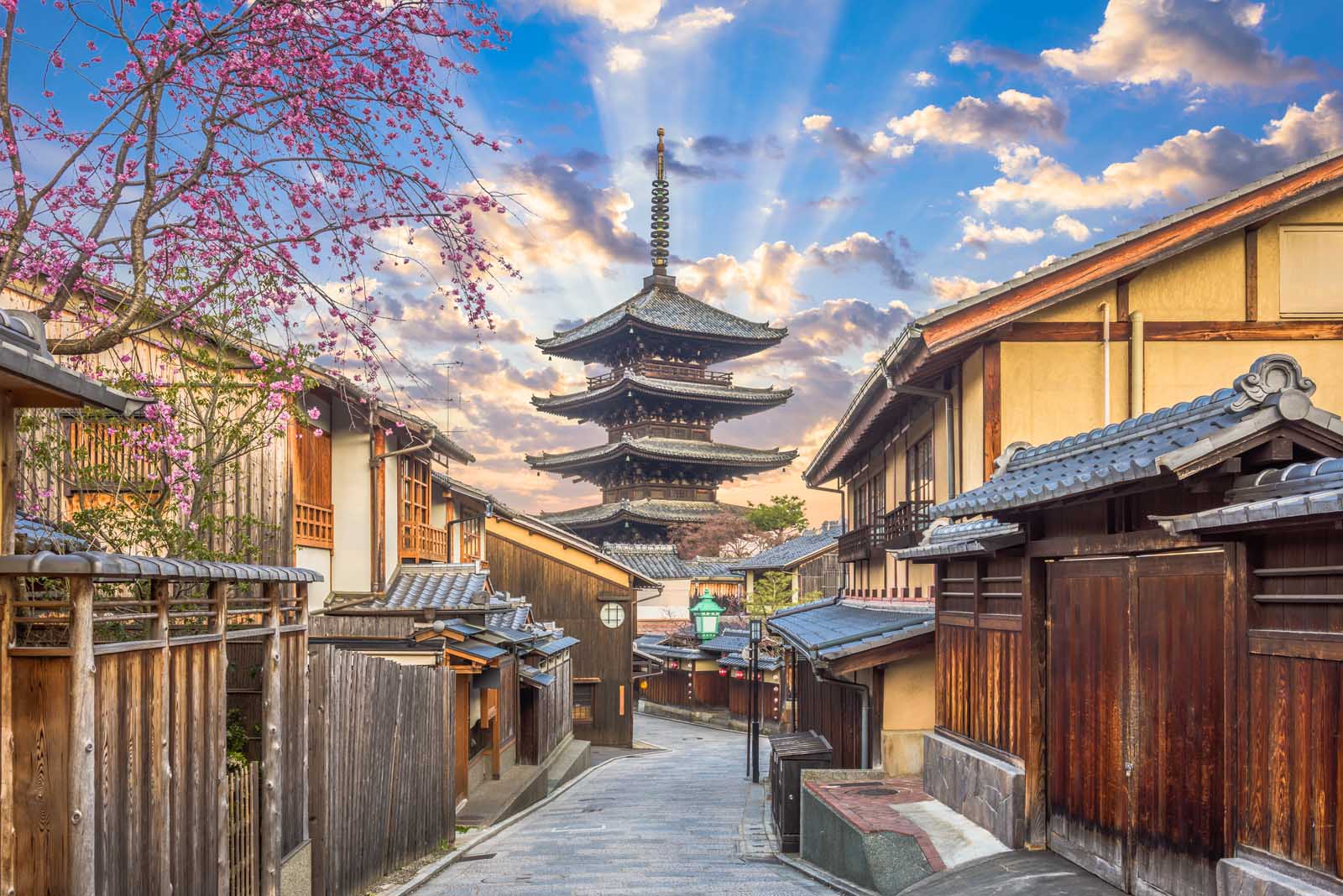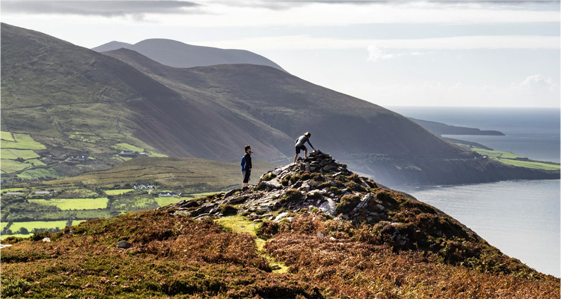Top Sights in Kyoto
Kyoto is known as the cultural capital of Japan, boasting over 1,000 Buddhist temples and Shinto shrines within its boundaries. Some of the top attractions include Kinkaku-ji Temple (Golden Pavilion), whose top two floors are completely covered in thin layers of pure gold. Another iconic site is Fushimi Inari Taisha Shrine, famous for its thousands of red torii gates that lead up a mountain trail. Nature lovers will enjoy exploring the Arashiyama Bamboo Grove, where towering stalks of bamboo form a natural tunnel. History buffs can visit the Nijo Castle to learn about the Shogunate rule in 17th century Kyoto. For a quintessential Japanese cultural experience, try a traditional tea ceremony in one of Kyoto’s many tea houses.

Exploring Historic Neighborhoods
Beyond the top attractions, Kyoto’s historic neighborhoods each offer their own charm. The Gion District allows visitors to peek into the refined world of geisha, with its traditional architecture and lanterns lighting the way. In Higashiyama, explore the scenic Philosopher’s Path for great temple views. Pontocho Alley features beautifully preserved traditional buildings that have stood for centuries. Over in Arashiyama, stroll along the scenic banks of the Katsura River and admire the greenery. Make sure to leave time to wander Kyoto’s numerous shrines, temples, and castle parks to fully immerse in old Japan.
Modern Tokyo versus Traditional Kyoto
While Kyoto retains much of its historical and cultural legacy, Tokyo has evolved into a futuristic global metropolis. Some top Tokyo attractions include the skyscrapers of Shinjuku, the frenetic fashion district of Harajuku, and the giant observation decks of Tokyo Skytree and Tokyo Tower. Tech lovers can check out the robots and gadgets at TeamLab Borderless digital art museum or National Museum of Emerging Science and Innovation. For pop culture experiences, explore the anime and gaming stores in Akihabara Electric Town or spot cosplayers in Ikebukuro. After dark, Tokyo comes alive with buzzing nightlife districts like Shibuya, Roppongi, and Golden Gai. Whereas Kyoto preserves Japan’s past, Tokyo represents its cutting-edge present and future.
Nature Escapes near Kyoto and Tokyo
When seeking respite from the crowds, consider visiting natural areas near the cities. Kyoto has the Arashiyama Bamboo Forest and nearby Mount Arashiyama for hiking. Further afield is the tranquil Miyama town of Ohara, known for its Buddhist temples nestled amidst forested mountains. Tokyoites escape to the hot springs resort town of Hakone, featuring lake cruises, volcanic vistas and onsen bathing. Nature lovers can also visit Nikko National Park north of Tokyo, home to verdant forests and Shinto shrines like Toshogu with its ornate decorations. Both cities offer easy day trips where visitors can immerse in Japan’s natural beauty.
Traditional Arts and Culture
Beyond sightseeing, travelers can experience traditional Japanese culture through the arts. In Kyoto, visit workshops to watch artisans crafting lacquerware, pottery or woodwork. Sign up for lessons in the graceful arts of ikebana flower arranging, tea ceremony, calligraphy or kimono dressing. Catch live performances of Noh theater or Kyogen comedy which date back centuries. Tokyo also offers cultural classes but is more focused on contemporary pop culture, like trying your hand at manga drawing, visiting a manga cafe or catching a live music show. Both cities offer a window into Japan’s rich cultural heritage and evolving modern arts.
Local Cuisine and Markets
Foodies will find plenty to entice the senses across Kyoto and Tokyo. In Kyoto, popular dishes include matcha tea lattes, kaiseki multi-course ryotei dinners highlighting seasonal ingredients, and sweets like wagashi confections perfect with tea. Browse the stalls at Nishiki Market for fresh produce and local specialties. Tokyo locals fuel busy lives with convenient bento boxes, but finer dining awaits at high-end kaiseki restaurants as well. Must-eats include chicken karaage, crab sunomono salad and fish sushi. Shoppers flock to Tsukiji Market for ultra-fresh seafood or bustling Ameyoko Market for bargains. The culinary heritage of both cities holds great appeal.
Reasons to Visit Both Cities
With such contrasting identities, both Kyoto and Tokyo deserve slots on any Japan itinerary. Kyoto offers immersion in historic Buddhist and Shinto culture through its numerous temples and shrines. Tokyo showcases cutting-edge technology, fashion and entertainment against a backdrop of skyscrapers. Nature lovers will appreciate Kyoto’s easy mountain access and Tokyo’s nearby hot spring towns. Both cities delight foodies with refined kaiseki cuisine and buzzing markets. Together, Kyoto and Tokyo provide a comprehensive picture of traditional and modern Japan across history, arts, nature and culinary delights. A trip covering these two iconic cities guarantees unforgettable insights and experiences.

 The joy of experiencing places off the beaten path
The joy of experiencing places off the beaten path